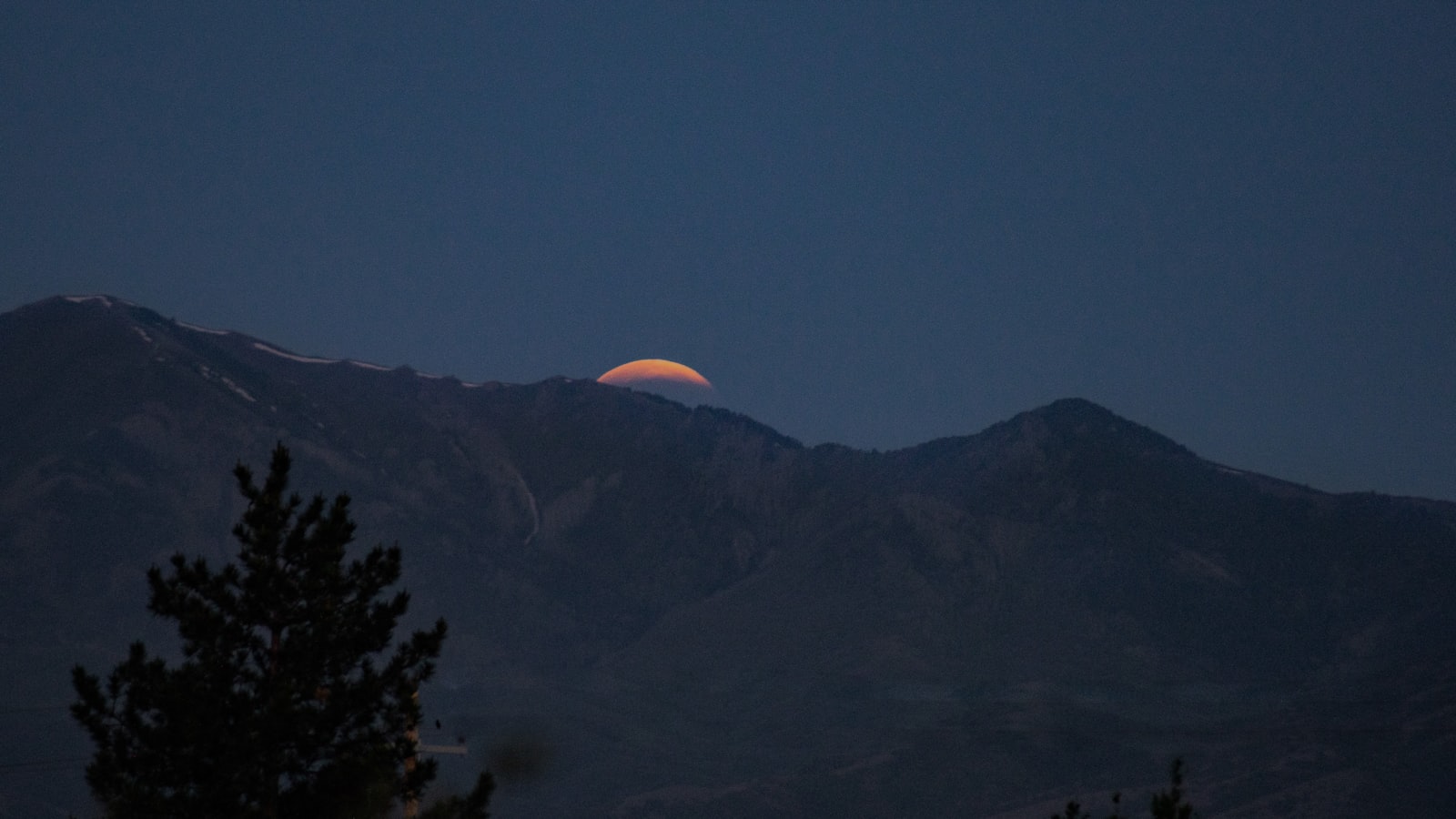"Two celestial bodies, perfectly aligned, creating a spectacle that has fascinated humankind for centuries—yes, we're talking about solar eclipses." Solar eclipses are not just awe-inspiring visual phenomena; they are celestial mechanics in motion, a dance of the cosmos that speaks to the very structure of our solar system.
Whether you're an avid skywatcher, a casual observer, or someone deeply interested in the mechanics of the universe, solar eclipses offer a unique opportunity to witness an astronomical event that illustrates the intricate workings of our celestial neighborhood.
So, buckle up as we embark on an orbital odyssey, unraveling the scientific explanations behind solar eclipses, and understanding why they are not just spectacular to watch but also significant for the scientific community.
The Basics of an Eclipse
First, let's elucidate what a solar eclipse is. When the moon passes directly between Earth and the sun, it casts a shadow over Earth—this is a solar eclipse. But it's not as simple as it sounds; the sizes of the sun and moon and the distances between these celestial bodies create different types of eclipses.
Total Solar Eclipses
The grandest of them all, a total solar eclipse occurs when the moon completely covers the sun, as seen from Earth. For a mesmerizing few minutes, day turns to night, and we're graced with a view of the sun's corona—a rare and breathtaking sight.

Partial Solar Eclipses
More common but less dramatic, partial solar eclipses happen when only a portion of the sun is obscured by the moon. Observers in the penumbra, the shadow's outer part, will see the sun appear as if a bite has been taken out of it.

Annular Solar Eclipses
The 'ring of fire' eclipse, or annular eclipse, occurs when the moon is too far from Earth to cover the entire sun’s disk. This results in the sun appearing as a brilliant ring surrounding the dark disk of the moon.

Understanding the Celestial Choreography
Eclipses are all about alignment, known in scientific terms as "syzygy." They occur only during a new moon, when our satellite is between Earth and the sun. However, due to the moon's tilted orbit, this alignment doesn't happen every month.
The Saros Cycle
Did you know that eclipses follow an 18-year cycle known as the Saros cycle? This period accounts for the complex dance of orbital mechanics, ensuring that the conditions for an eclipse are just right. If you miss an eclipse, just wait a couple of Saroses—though you might want to find a comfortable chair because it could be a while!
The Path of Totality
For the fortunate observers located in the narrow path of totality during a total solar eclipse, the experience is unparalleled. The temperature drops, stars appear, and animals often become silent, confused by the sudden darkness.

Why Eclipses Matter
Beyond their wonder, solar eclipses have historically played critical roles in our understanding of the cosmos. During the 1919 total solar eclipse, Sir Arthur Eddington's observations confirmed Einstein’s theory of general relativity, altering the course of physics forever.
💡 Interesting Fact: Did you know that solar eclipses can also reveal secrets about the sun’s structure? It’s during eclipses that solar scientists can study the outer atmosphere of the sun, known as the corona, in detail.
Staying Informed About Solar Eclipses
To catch the next cosmic performance, it's helpful to have precise information about when and where solar eclipses will occur. A fantastic tool for this is eclipse-timer.com, where enthusiasts can stay informed about upcoming solar eclipses, including the exact time and date based on their area. Mark your calendars, set the alarms, and ready your (eye-protected) gaze for nature's grand theatre.
Safety First: Protecting Your Peepers
Before you dash out to catch the next eclipse, remember safety comes first! Never stare directly at the sun, especially during a partial or annular eclipse. Special eclipse glasses or viewers are essential to enjoy the show without harming your eyes.

In the Shadow of the Moon: Personal Reflections
What does watching an eclipse feel like? It's a moment that transcends the ordinary, a palpable shift when time seems to pause, and humanity looks upward, united by the astronomical display unfolding above.
Engaging the Next Generation
Eclipses are not just exciting to watch; they offer fantastic educational opportunities to deepen our understanding of science, astronomy, and the universe. Encouraging younger generations to participate in eclipse viewing can ignite a lifelong passion for learning and exploration.
A solar eclipse is a harmony of astronomical proportions—a symphony played out across the cosmos, visible from our privileged seats on Earth. As we look forward to the next solar eclipse, we stand as witnesses to the majestic rhythm of the universe.
And remember, whether you're a permanent resident of Earth or just visiting, the next solar eclipse is an event not to be missed. Keep your eyes to the skies, and have your eclipse-timer.com bookmarked. Until the moon once again dances before the sun, keep looking up—there's a whole universe waiting to be explored.
Can't wait to catch the next solar spectacle? Share with us how you're preparing for the event or any eclipse-related questions you might have! And if you've been an eclipse chaser, tell us about your most memorable experiences in the comments below.
We can't bring celestial events any closer, but we can share in the awe and the anticipation together. Keep stargazing, the countdown to the cosmos's next grand show has begun!



















